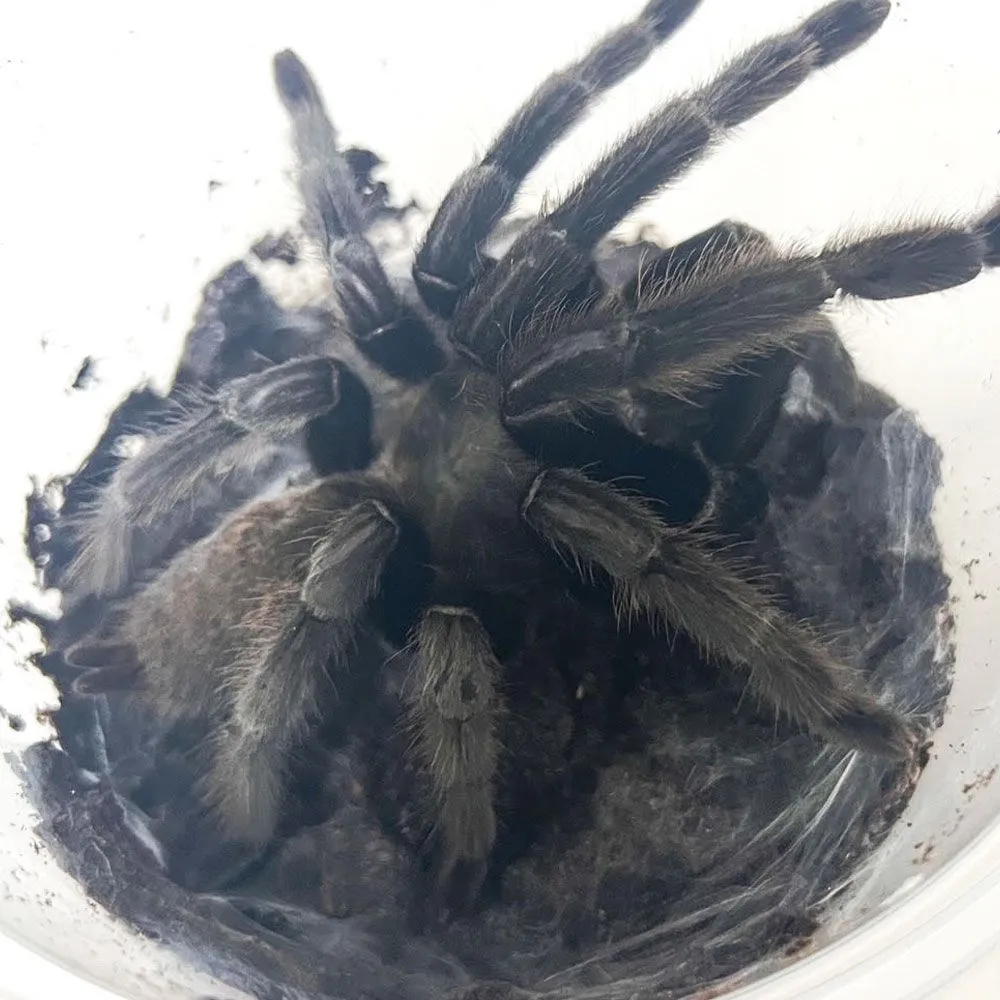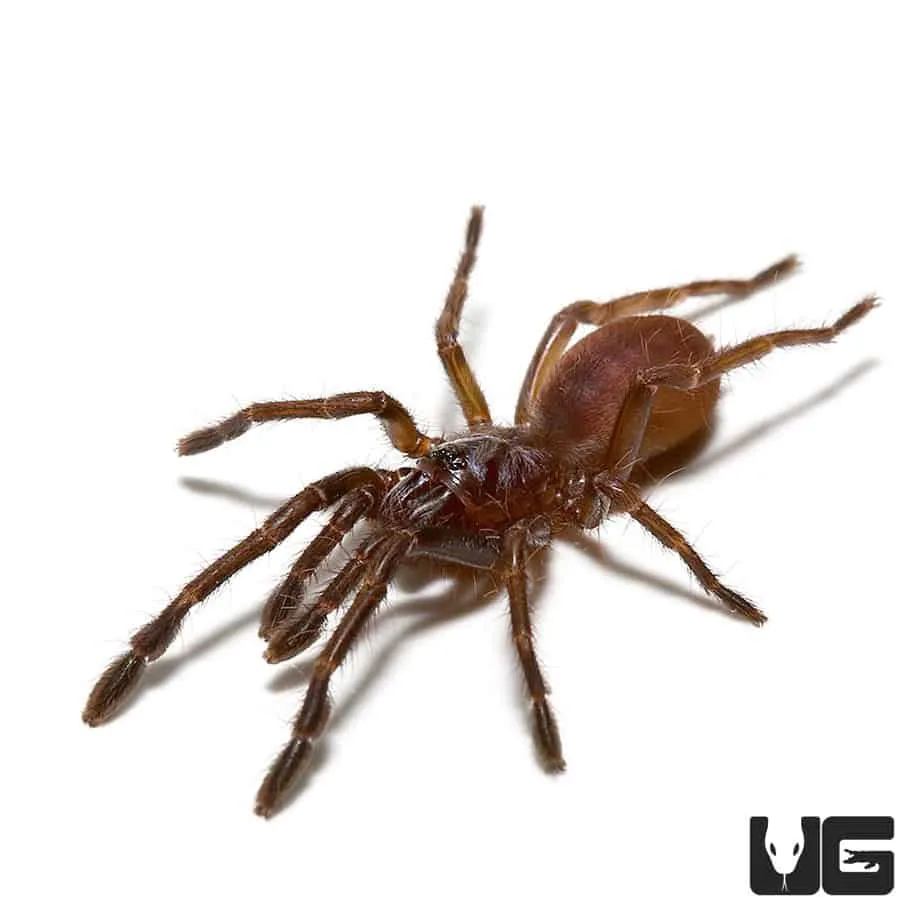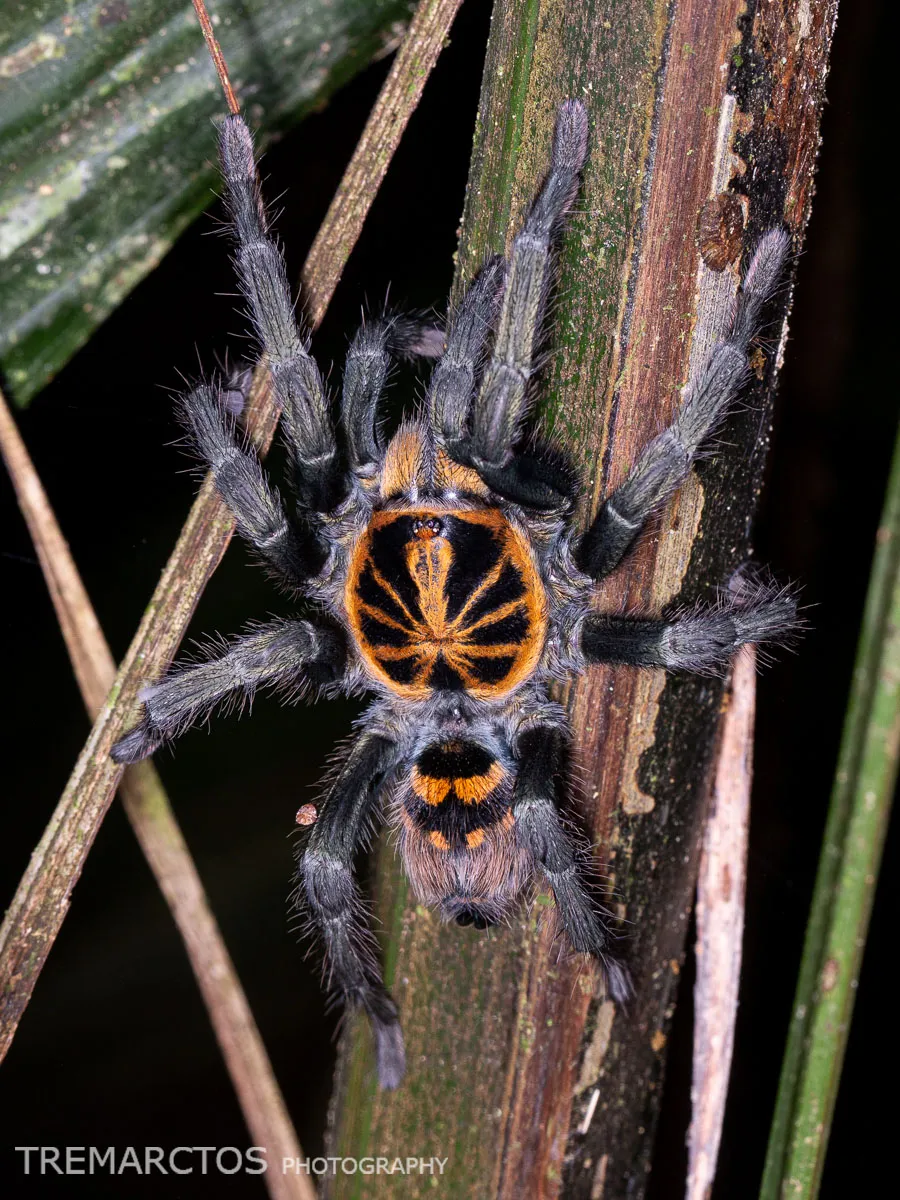The tiger striped tarantula, a captivating arachnid, has gained popularity among exotic pet enthusiasts. Their striking appearance and relatively docile nature make them an appealing choice. Successfully keeping a tiger striped tarantula involves understanding its specific needs and creating an environment where it can thrive. This guide provides comprehensive information on choosing, housing, feeding, and caring for your tiger striped tarantula, ensuring its health and longevity. By following these guidelines, you can enjoy the fascinating world of tarantula keeping and provide the best possible life for your pet.
Choosing Your Tiger Striped Tarantula
The first step in tarantula ownership is selecting a healthy specimen. This stage sets the foundation for a successful experience. A well-chosen tarantula is more likely to adapt well to its new environment and remain healthy, while an unhealthy one may face a range of issues that can be difficult to resolve. Taking the time to carefully evaluate potential tarantulas is a key part of responsible pet ownership, paving the way for a rewarding experience. Consider purchasing from a reputable breeder or a pet store with a good reputation for animal care. This can greatly reduce the likelihood of acquiring a tarantula with pre-existing health issues.
Selecting a Healthy Tarantula
When selecting a tiger striped tarantula, observe its behavior and physical condition. A healthy tarantula is typically alert and active, moving around its enclosure with ease. Look for a tarantula that is not excessively sluggish or lethargic, as this could indicate an underlying health problem. Observe its posture, ensuring the legs are strong and the spider can walk smoothly. A healthy tarantula will also exhibit a robust appetite, which can be gauged by the size of its abdomen and its eagerness to eat. Look for a tarantula with a clean, well-formed body without any signs of parasites or injuries.
Identifying a Healthy Specimen

Examine the tarantula’s physical condition for any signs of illness or injury. The abdomen should be plump and not shriveled, indicating proper hydration and feeding. Check for any missing legs or abnormalities in the body. Look for any discoloration or lesions on the body, as these could be signs of infection or other health issues. A healthy tarantula will have clear, bright eyes, and its fangs should be intact. Avoid tarantulas that appear to be excessively thin or have difficulty moving. A tarantula that is alert, active, and well-nourished is the best choice.
Quarantine and Acclimation
Once you’ve selected your tarantula, quarantine is an essential step. Isolate the new tarantula in a separate enclosure for a few weeks to monitor its health. This quarantine period is important to observe the tarantula’s eating habits, activity levels, and overall behavior. During this time, check for any signs of illness, such as unusual lethargy, loss of appetite, or changes in appearance. Acclimate your tarantula gradually to its new environment. Provide a habitat that mimics its natural environment, including proper temperature, humidity, and substrate. Offer a variety of food items to ensure the tarantula eats well. By implementing quarantine and acclimation, you safeguard the health of your tarantula.
Setting Up the Perfect Habitat
Creating a suitable habitat is crucial for the well-being of your tiger striped tarantula. The enclosure should provide a secure and comfortable environment that meets the spider’s needs. Proper habitat setup will replicate the natural environment of the tiger striped tarantula, which helps to reduce stress and promote healthy behaviors. Providing an environment that meets the tarantula’s environmental needs ensures it can thrive in captivity.
Enclosure Size and Type

The size and type of enclosure are crucial for the well-being of your tarantula. The enclosure should be large enough to allow the tarantula to move around comfortably and provide space for a hide or burrow. For juvenile tiger striped tarantulas, a small to medium-sized enclosure (e.g., a 5-10 gallon tank) is appropriate. As they grow, upgrade to a larger enclosure to accommodate their size. A well-ventilated enclosure is essential to prevent the buildup of humidity and mold. Glass or plastic terrariums are common choices, with secure lids to prevent escapes. Ensure the enclosure is escape-proof and easy to clean.
Substrate Selection
The substrate serves as the tarantula’s floor and is essential for maintaining proper humidity and providing a place to burrow. The ideal substrate for a tiger striped tarantula should retain moisture and allow for burrowing. A mixture of coconut fiber, peat moss, and a small amount of vermiculite is an excellent option. Avoid substrates that are too dusty or can harbor mites. The substrate should be deep enough to allow the tarantula to burrow, typically 3-6 inches deep, depending on the size of the tarantula. Regularly check the substrate for mold or excessive moisture and replace it as needed.
Temperature and Humidity Control
Maintaining the correct temperature and humidity levels is essential for the health of your tiger striped tarantula. The ideal temperature range is generally between 75-85°F (24-29°C). Use a heat pad or a low-wattage heat lamp to maintain the desired temperature. Avoid placing the heat source directly on the substrate, which can cause it to dry out and increase the risk of burns. Humidity levels should be maintained between 60-70%. Use a hygrometer to monitor humidity levels and mist the enclosure regularly to maintain the correct conditions. Proper temperature and humidity are key to successful tarantula keeping.
Providing Hiding Places

Tiger striped tarantulas are naturally secretive and require hiding places to feel secure. Provide a hide, such as a piece of cork bark, a hollow log, or a commercially available tarantula hide. The hide should be large enough for the tarantula to comfortably fit inside. Place the hide in a location within the enclosure where the tarantula can easily access it. Ensure that the hide is stable and won’t collapse on the tarantula. Providing a secure hide will minimize stress and encourage the tarantula to feel safe in its environment.
Feeding Your Tiger Striped Tarantula
Proper nutrition is vital to the health and longevity of your tiger striped tarantula. Understanding their dietary needs and providing a balanced diet will help them grow and thrive. Feeding your tarantula the right food at the right frequency is critical to their well-being.
What to Feed
The primary diet for a tiger striped tarantula consists of insects. Crickets, roaches, mealworms, and other commercially available insects are suitable food sources. The size of the food should be appropriate for the size of the tarantula. As a general rule, the food should be no larger than the tarantula’s abdomen. Always ensure the insects are gut-loaded (fed nutritious food) before offering them to your tarantula. Gut-loading enhances the nutritional value of the food and provides the tarantula with a more balanced diet.
Feeding Frequency

The feeding frequency depends on the tarantula’s age and size. Spiderlings (young tarantulas) require more frequent feeding than adults. Feed spiderlings every other day or every three days, providing them with small insects appropriate for their size. Juvenile tarantulas can be fed 2-3 times per week. Adult tiger striped tarantulas can be fed once or twice a week. Remove any uneaten food within 24 hours to prevent mold growth. Observe your tarantula’s feeding behavior, and adjust the frequency as needed. If the tarantula refuses food, it may be preparing to molt, and you should reduce feeding.
Watering and Hydration
Providing a source of fresh water is essential for your tarantula’s hydration. A shallow water dish is recommended, as it minimizes the risk of drowning. Ensure the water dish is always clean and filled with fresh water. You can also mist the enclosure regularly to maintain humidity and provide an additional source of water. Avoid over-misting, as this can lead to excessive humidity and mold growth. Keep a close eye on the tarantula’s hydration needs, especially during molting, as proper hydration is key to a successful molt.
Handling and Safety
While tiger striped tarantulas are known for being relatively docile, handling them requires caution. Tarantulas are not naturally inclined to be handled and may become stressed or defensive. Proper handling techniques minimize the risk of bites or injury to both the tarantula and the handler. Understanding the tarantula’s behavior is crucial to handling them safely.
Safe Handling Practices

Handle your tiger striped tarantula only when necessary, such as for enclosure maintenance. If you choose to handle your tarantula, do so with extreme care. Gently encourage the tarantula to walk onto your hand. Never grab or try to force the tarantula to move, as this can trigger a defensive response. Always handle the tarantula over a soft surface, such as a bed or a carpet, in case it falls. Avoid handling if the tarantula appears stressed or agitated. Always wash your hands thoroughly before and after handling.
Understanding Tarantula Behavior
Observe your tarantula’s behavior to understand its mood. A tarantula that is not agitated will generally remain calm. Signs of agitation include raising its front legs, flicking hairs from its abdomen, or assuming a defensive posture. If the tarantula exhibits any signs of aggression, do not handle it. Learn to recognize the signs of stress and respond accordingly. Regular observation will help you better understand your tarantula’s unique personality and ensure a safe and enjoyable experience.
Common Health Issues and Prevention
While tiger striped tarantulas are relatively hardy, they are still susceptible to certain health problems. Proper care and preventative measures can significantly reduce the risk of illness and ensure your tarantula’s well-being. Being aware of common issues and knowing how to address them is an important aspect of tarantula ownership.
Recognizing Signs of Illness

Recognizing the signs of illness is crucial for prompt treatment. Look for signs of lethargy, loss of appetite, or changes in behavior. Check for any unusual discharges or injuries. Difficulty walking or a lack of coordination could also indicate a health issue. Observe the tarantula’s posture and check for any swelling or discoloration. Any unusual changes in appearance or behavior warrant a closer inspection. Consult a veterinarian experienced with exotic pets if you suspect your tarantula is ill.
Preventative Measures
Implementing preventative measures is key to maintaining your tarantula’s health. Provide a clean and properly maintained enclosure. Ensure the substrate is replaced regularly to prevent mold and bacterial growth. Offer a balanced diet and avoid overfeeding. Quarantine new tarantulas to prevent the spread of disease. Maintain the correct temperature and humidity levels. Avoid handling the tarantula unnecessarily. By taking preventative measures, you can create a healthy environment.
Molting and Growth
Molting is a natural and essential process for tarantulas. As they grow, they shed their exoskeleton and replace it with a larger one. Understanding the molting process and how to care for a tarantula during this time is crucial for its health. Properly supporting them during this process is vital.
Understanding the Molting Process
Before molting, a tarantula may stop eating and become less active. The abdomen may appear darker, and the tarantula may create a web mat. The tarantula will typically lie on its back during the molting process. It can take several hours for the tarantula to shed its exoskeleton. After molting, the tarantula’s new exoskeleton will be soft and vulnerable. It is important to allow the tarantula time to recover. Avoid disturbing the tarantula during molting. Molting frequency varies depending on the tarantula’s age. Spiderlings molt more frequently than adults.
Caring for a Molting Tarantula
Provide a calm and undisturbed environment for your tarantula during molting. Maintain the correct temperature and humidity levels. Do not feed the tarantula until its new exoskeleton has hardened, typically a week or two after molting. Offer water, but do not disturb the tarantula. Avoid handling the tarantula until its fangs have hardened, as they are very delicate. Once the new exoskeleton has hardened, the tarantula will resume its normal activities. Providing appropriate care during molting helps ensure the tarantula’s health and well-being.
Caring for a tiger striped tarantula can be a rewarding experience. By choosing a healthy specimen, providing a suitable habitat, feeding it appropriately, and understanding its needs, you can ensure that your tarantula thrives. Remember to handle your tarantula with care, observe its behavior, and take preventative measures to maintain its health. With proper care, your tiger striped tarantula can bring years of enjoyment and fascination.
